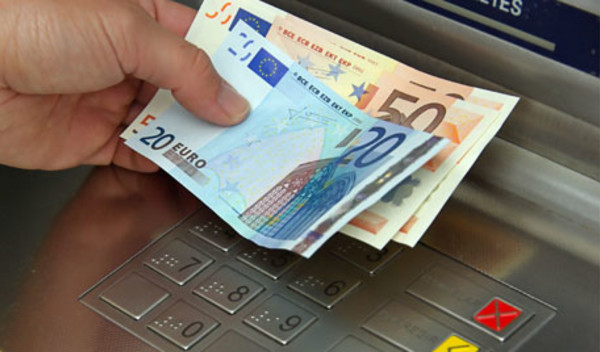

Aberdeen’s Steven Logan has taken profits on some financial debt in the belief the bonds are sounding alarm bells over the rise of European political populism.
The global head of high yield and co-manager on the firm’s €1bn (£860m) Global Select Euro High Yield Bond fund said it had become difficult to account for political risk on the continent, with government bonds no longer a useful barometer.
Mr Logan said: “As next year [approaches], with elections in France, Germany, Holland, and the Italian referendum [this December], a lot of people are wondering how to play political risk as [the countries] don’t have a currency. Using government bonds is difficult as you don’t know whether they’ll act like government bonds or be risk on/risk off.
“So bank bonds could be a good proxy for playing the geopolitical risk. We sold a couple of positions on the basis that the populist vote is under appreciated by the polls: selling ING [Additional Tier 1 (AT1)] bonds just to reduce the risk and take some profits.”
Mr Logan said using this proxy and a lack of conviction in revenue streams has led the fund to take a material underweight to financials compared with the BofA Merrill Lynch Euro High Yield Constrained index.
The vehicle has some exposure via northern European banks and AT1s – but the latter position has been cut in half to 2 per cent.
Similarly, changes in market dynamics meant the manager was beginning to contemplate how to amend long-term asset allocation and duration, especially given recent movements in bond prices due to Donald Trump’s victory in the US election.
The fund’s duration exposure is low at 3.7 years compared with the index’s 4.5. It is also highly exposed to credit risk, with more than half of the fund in B-rated debt, 27 percentage points higher than the benchmark. The portfolio yields around 5.5 per cent to the index’s 3.9 per cent.
However, while Mr Logan thought the recent spike in yields could reverse, he said the spike would still spur investors to readjust asset allocation.
“In an environment where everything is a bit rich, we think 5-6 per cent yields with low volatility is a good trade, which is why we’re happy running [the strategy] through this part of the credit and interest rate cycles,” he said.
“[But] ultimately if you’ve got a cycle where you see inflation entering the system and you have wage growth, yields will move quickly.
“We’re not there yet as there is still huge unemployment in Europe and there’s only been two years of quantitative easing. But you would bank relative profits on short duration and roll higher into longer-duration credit where you’re getting compensated for duration risk.”
Mr Logan added: “A lot has changed in expectations in the past two weeks, and risk premia have to reflect that. So what is the right price for [a given bond] now? It’s not very clear.”
The Aberdeen Global Select Euro High Yield Bond fund has returned 20 per cent over three years compared with the 19 per cent average gain for the IA Global Bonds sector, data from FE Analytics shows.



